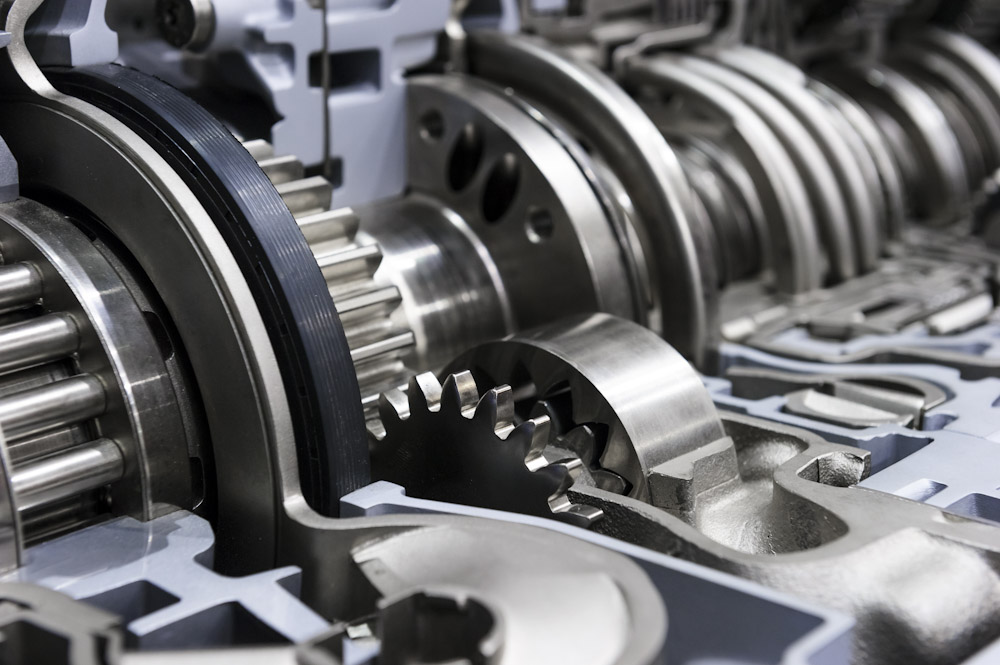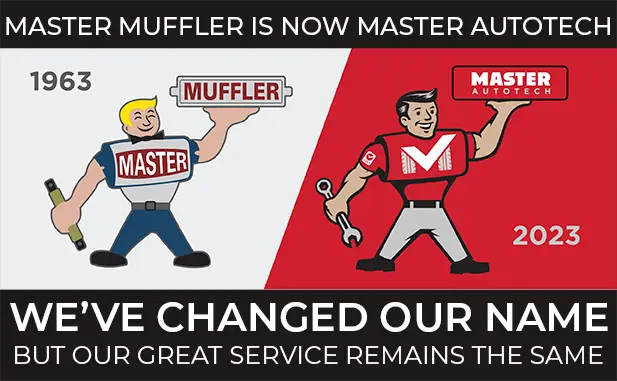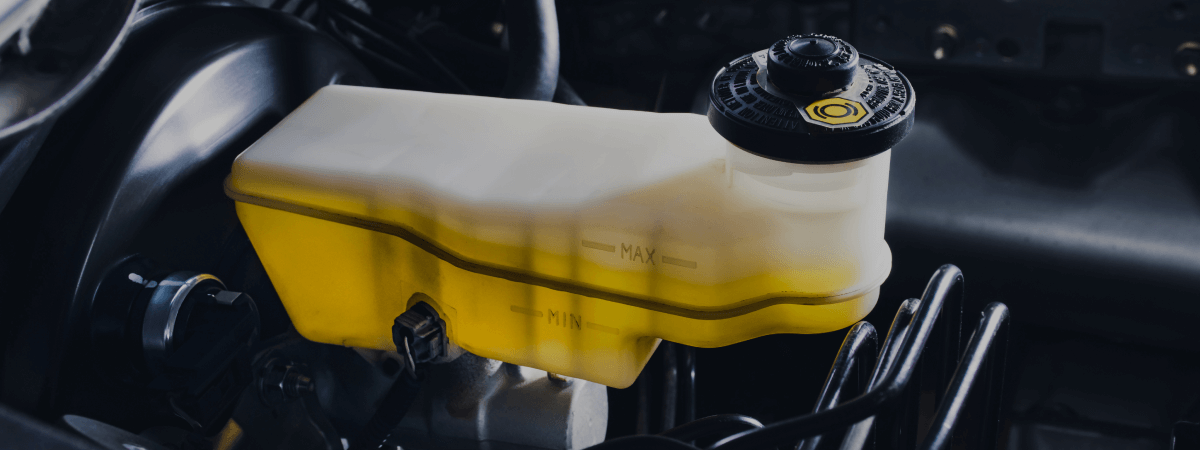
In driving, as well as in life, no two roads are the same. A car traveling up a mountain will need to exert more energy than a car driving on a straight road, while a car tilting the speedometer at 100 miles per hour will act differently than one simply going 25 miles per hour. Wherever the roads of our lives will take us, our cars must be ready to conduct us there safely and efficiently.
It is this belief that makes Master Muffler’s Sandy car repair technicians so dedicated to Utah’s drivers. No one knows what roads they’ll find themselves on at any given moment or what energy will be required from their vehicle. The transmission, therefore, is one of our main areas of focus.
What Does Your Transmission Do?
As we’ve seen, your car needs energy to be able to accomplish all the things it needs to in the day. This energy comes from the engine, that much is clear. What the transmission does is receive that energy and puts it to good use, diverting it to the tires as needed so that the car doesn’t have trouble driving at certain speeds or on certain types of terrain.
- The transmission adjusts the gear ratio of the wheels in accordance with the energy output of the engine.
- When the car comes to a complete stop, the transmission disconnects the engine from the wheels so that the tires don’t spin while the car is idling.
- Transmissions help the car reach higher speeds quickly as well as protect the engine as the car drives at a slower rate.
In short, your transmission makes sure that none of the energy from the engine goes to waste.
Two Types
Cars have been around long enough that there are now numerous makes, models, and specializations for cars (a reality that our Sandy car repair technicians deal with by being experts in all of them). Just as there are cars that use either liquid fuel or electricity in order to power their engines, so too are there cars that use either manual or automatic transmission. What is the difference between the two? Ultimately, they perform the same function but dictate how the driver manipulates the engine’s output.
Manual Transmission
When it comes to changing the gears in your vehicle, manual transmission has been around the longest. Though there are different types of manual transmission, the basic input method is the same.
- As you press down on the clutch you break the connection between the engine and the transmission.
- When they join again, they come together and fit in the groove of a new gear.
- This new gear then controls how much torque is being sent to the front and rear axles of the car’s tires.
Automatic Transmission
The other variant of transmission is the automatic kind, where the work of shifting the gears is done for you. Automatic transmissions also have the benefit of knowing exactly when to engage the clutch and turn over the gears — a skill that the driver otherwise needs to develop through feel and experience.
- A sensor tracks whenever you accelerate or decelerate and adjusts the torque on its own without any direct input from the driver.
A note about automatic transmissions: This particular car component has an especially interesting history, dating back to the turn of the 20th Century. It took nearly 50 years of constant innovation for the method to stop landing vehicles in the car repair shop and move past its status as a liability.
If you are worried that there may be something wrong with your transmission or you are simply interested in making sure it’s in peak condition, bring your car by our Sandy Master Muffler. We are ready to help you with whatever you need, from full-on car repairs to safety and emissions testing.
Related Posts
Key Takeaways On average, passenger vehicle tires last 40,000 to 60,000 miles, depending on type, driving habits, and maintenance. Replace tires when tread depth reaches 2/32”, if damaged, or older than 10 years. Regular rotation, alignment, and proper inflation extend tire life. Aggressive driving, poor roads, and harsh weather shorten tire lifespan. Take advantage [...]
When you think about car maintenance, you probably focus on oil changes, tire rotations, and maybe even brake pad replacement. But what about your brake fluid? If you’ve ever wondered, “What does brake fluid do?” or “Why is brake fluid important?”, you’re not alone. Brake fluid might not be the most talked-about part of [...]
Is that high-pitched squeal from your brakes driving you—and everyone else—crazy? Don’t ignore it. Squeaky brakes aren’t just annoying, they’re your car’s way of saying something needs attention. Whether you're cruising through Salt Lake City or winding up Idaho’s mountain passes, here’s what’s likely going on, how you can fix it, and when it [...]





